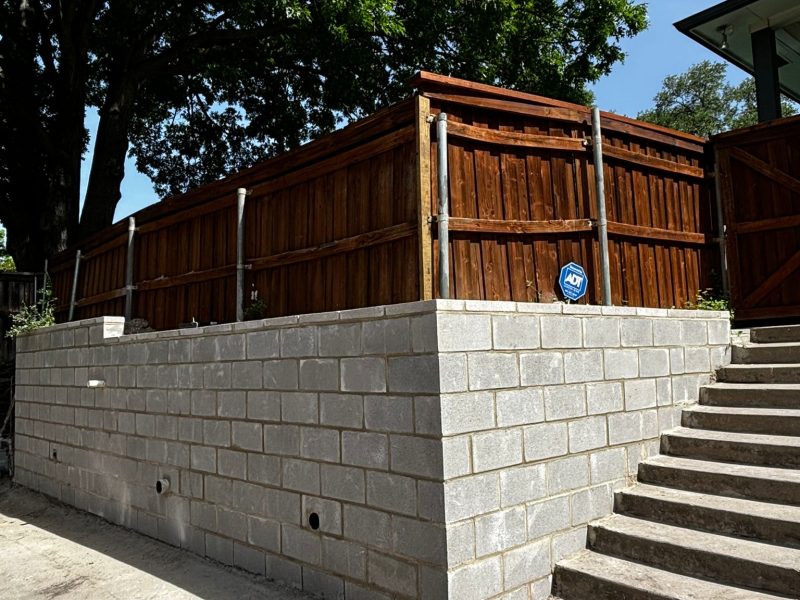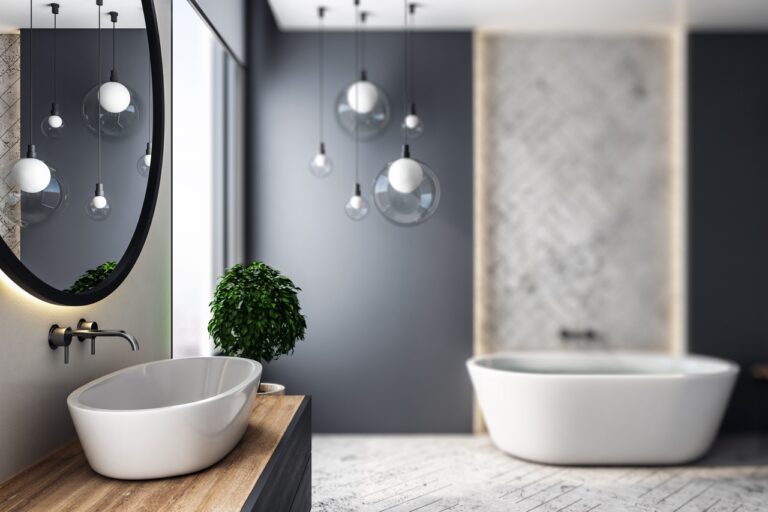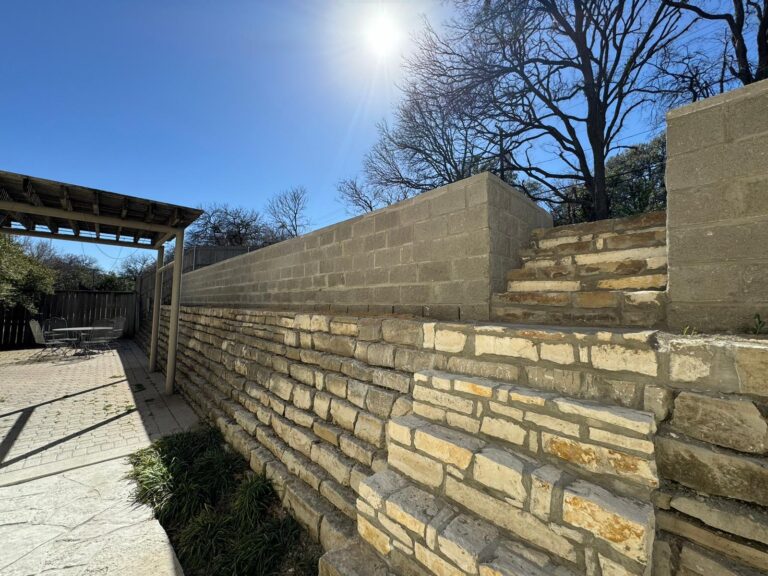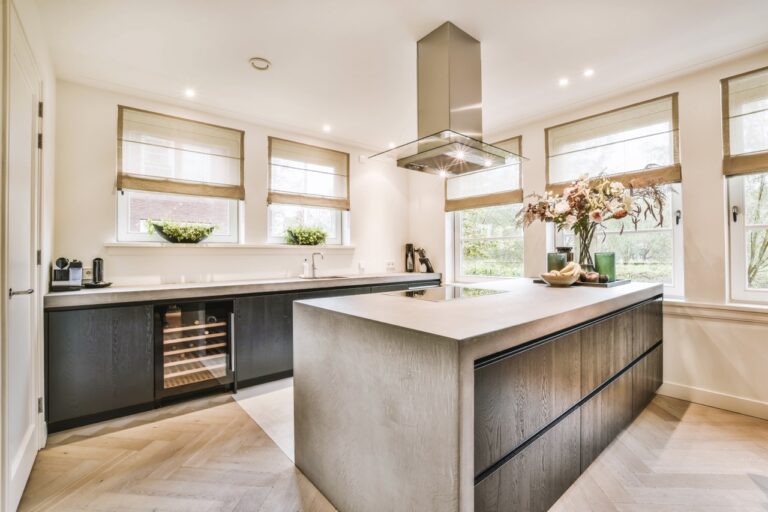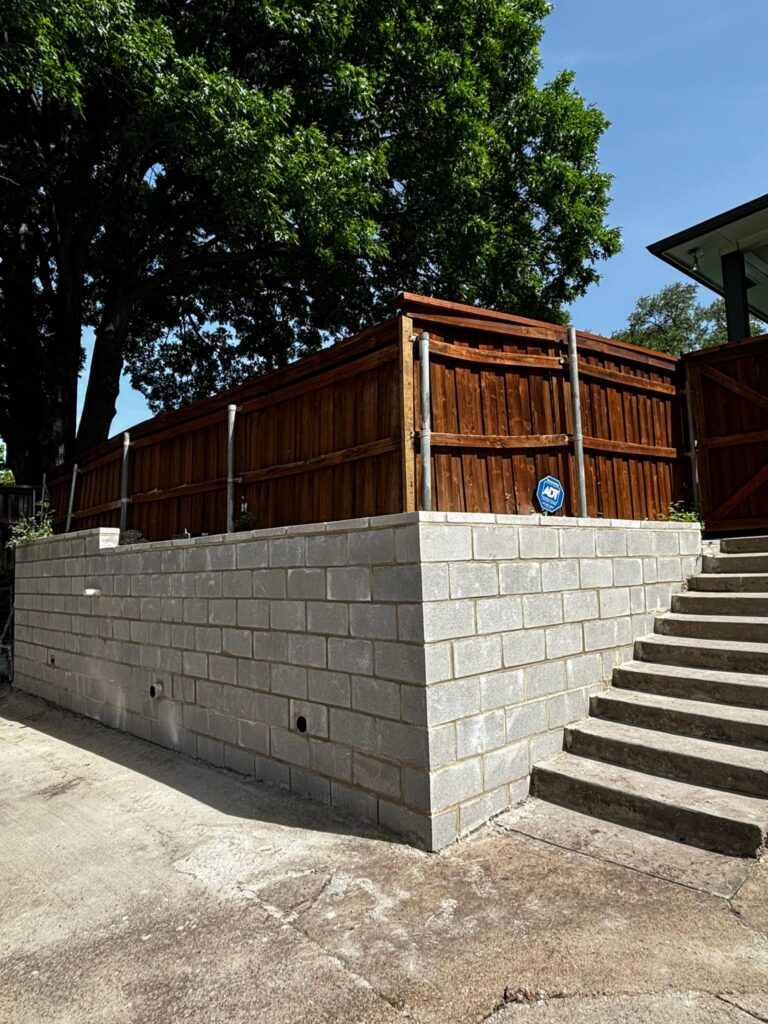If your yard slopes unevenly or you’ve noticed soil washing away after every rain, it’s time to think about stability and style. Retaining walls are more than just functional, they’re the foundation of a beautiful, well-balanced landscape. In Arlington TX, custom retaining wall installations have become essential for homeowners who want to combine strength with design.
A custom retaining wall not only prevents erosion but also creates elegant terraces, garden beds, and structured outdoor spaces. With quality materials and skilled craftsmanship, your retaining wall becomes a lasting feature that improves both safety and curb appeal.
Let’s explore the essential steps, materials, and design elements that make a retaining wall installation successful and long-lasting.
1. Why Retaining Walls Matter for Arlington Homes
A retaining wall is more than a barrier, it’s an investment in the integrity of your property. In varied terrain, controlling soil movement and water flow is critical.
Key Reasons to Install a Retaining Wall:
- Prevents soil erosion and water damage
- Adds usable flat yard space on slopes
- Supports driveways, patios, and garden beds
- Enhances property value with structural appeal
- Defines outdoor areas with modern aesthetics
When built correctly, retaining walls combine both protection and beauty, serving as a long-term landscape solution.
2. Understanding Custom Retaining Wall Design
Every home is unique, and so is every retaining wall. A custom design focuses on the layout, elevation, and style that fit your property’s specific needs.
A well-planned retaining wall complements your home’s architecture while meeting drainage and structural requirements. From stone finishes to modern block patterns, customization ensures both form and function align perfectly.
If you want inspiration for retaining wall concepts and materials that match climate, you can discover more ideas here from reliable local design professionals.

3. Choosing the Right Materials for Strength and Longevity
The choice of material determines how long your retaining wall will last and how well it resists pressure from soil and water.
Popular Retaining Wall Materials in Arlington TX:
- Concrete Blocks: Durable, low-maintenance, and available in many styles
- Natural Stone: Offers timeless beauty and organic charm
- Brick and Mortar: Great for traditional homes and garden walls
- Timber: Ideal for short-term, cost-effective solutions
- Interlocking Systems: Provide strong, modular support with clean finishes
Quick Tips:
- Always match material to site conditions (e.g., moisture, slope, soil type).
- Invest in proper backfill and drainage to reduce long-term damage.
- Choose finishes that harmonize with your home’s color palette.
Selecting durable materials ensures that your retaining wall installation in Arlington TX stands firm for decades.
4. Planning and Preparation for a Flawless Installation
A strong retaining wall begins with careful assessment and groundwork. Professionals evaluate your soil type, elevation, and water drainage patterns before construction begins.
The design phase also includes height calculation, load-bearing analysis, and water flow management. These details help prevent structural issues like cracking or shifting over time.
Proper planning ensures the retaining wall complements both your landscape and long-term property goals. To learn more about professional planning steps, you can explore practical insights here from local construction experts.
5. Essential Steps in Retaining Wall Construction
A professional installation follows a sequence of tested steps to ensure stability and durability.
Core Construction Stages:
- Site Excavation: Removing debris and preparing the base level.
- Foundation Setup: Creating a stable gravel base for structural support.
- Wall Assembly: Aligning and securing blocks or stones with precision.
- Drainage Installation: Using gravel, fabric, and pipes to prevent water buildup.
- Backfilling and Compaction: Reinforcing the structure with soil and gravel layers.
- Finishing and Inspection: Adding caps, sealants, or decorative touches.
These stages combine craftsmanship and engineering to create a retaining wall that’s built to last under variable weather conditions.
6. Drainage and Soil Management: The Hidden Secret
Even the best wall can fail if it lacks proper drainage. Behind every successful retaining wall lies a well-designed system that allows water to escape instead of building pressure.
Effective drainage involves perforated pipes, crushed stone layers, and backfill material. This setup protects your wall’s foundation from shifting and cracking caused by hydrostatic pressure.
Professional installers also consider soil compaction and slope alignment. Together, these factors ensure your retaining wall remains both functional and visually appealing for years to come.
7. Custom Design Features for a Personalized Look
While strength is critical, design elevates your retaining wall from a necessity to a statement piece.
Popular Customization Options Include:
- Integrated lighting for night visibility and beauty
- Terraced walls that double as garden spaces
- Decorative stone veneers for modern or rustic styles
- Built-in seating for patios or pool areas
- Layered textures that match your home’s architecture
Key Takeaway:
Personalized designs not only add style but also boost property value. To see how design meets durability, you can learn more here from custom retaining wall specialists in the Arlington area.
8. The Role of Professional Installation
DIY projects can be tempting, but when it comes to retaining walls, professional expertise ensures safety and longevity.
Skilled contractors understand load limits, compaction ratios, and drainage science—all crucial to building walls that don’t fail over time. With experience and specialized tools, they deliver results that look great and perform even better.
To understand how professional services protect your investment, you can explore details here about reliable retaining wall builders near you.
9. Long-Term Maintenance for Durability
A well-built wall doesn’t need constant upkeep, but routine maintenance helps it look and perform like new.
Maintenance Tips for Custom Retaining Walls:
- Inspect annually for cracks or leaning sections
- Keep drainage outlets clear of debris
- Clean the surface to prevent moss buildup
- Trim vegetation growing near joints
- Reseal stone or concrete every few years for extra protection
Small steps in maintenance extend the life of your custom retaining wall while preserving its beauty.
10. Budgeting for Your Retaining Wall Project
Every retaining wall is unique, and costs vary depending on materials, design, and height. However, setting a budget early helps homeowners plan wisely.
The total expense typically includes excavation, materials, drainage systems, labor, and finishing. For most properties, the range runs from moderate to high-end, depending on complexity.
To calculate more accurate estimates or get insights into pricing trends, you can review cost examples here shared by trusted landscape professionals.
11. Integrating Retaining Walls Into Landscape Design
Beyond practicality, retaining walls are key elements in outdoor architecture. They blend structure and design, creating layered spaces for plants, seating, or walkways.
Professionals often pair retaining walls with garden beds, lighting, and stone pathways to create seamless outdoor flow. This approach transforms your yard into a cohesive and welcoming extension of your home.
For ideas on blending retaining walls into outdoor designs, you can see creative examples here from local project galleries.
12. Why Quality Craftsmanship Makes a Difference
The difference between a temporary wall and a lifetime solution lies in craftsmanship. Every detail—from foundation depth to stone alignment, affects the structure’s strength.
Qualities of Skilled Retaining Wall Contractors Arlington TX:
- Licensed and insured for safety and compliance
- Knowledgeable in local soil and slope conditions
- Precision-driven in design and installation
- Use of premium materials for lasting performance
- Focus on drainage and long-term stability
When you invest in skilled craftsmanship, you invest in peace of mind and enduring beauty.
Conclusion
A custom retaining wall installation in Arlington TX is one of the smartest ways to enhance your property’s safety, style, and longevity. By combining durable materials, thoughtful design, and expert craftsmanship, you create a structure that withstands the test of time.
If you’re planning your next outdoor improvement, you can explore retaining wall ideas here or connect with experts for advice on design, materials, and installation methods.
For tailored solutions, Modern Build Solutions offers reliable, custom-built retaining walls that balance strength and aesthetics. Learn more about their retaining wall installation services, explore their work around Arlington, or get in touch today for a consultation.
Frequently Asked Questions
1. How long does retaining wall installation take?
Most projects take between 5 to 10 days depending on size, materials, and site preparation.
2. What is the average cost of a retaining wall?
Prices typically range from $3,000 to $12,000 depending on height, material, and complexity.
3. Do retaining walls require drainage systems?
Yes, proper drainage prevents water buildup that can damage the wall structure over time.
4. Can retaining walls be decorative as well as functional?
Absolutely. Custom designs can include lighting, planters, and stone finishes for visual appeal.
5. What materials last the longest in Texas weather?
Concrete blocks and natural stone perform best in Arlington’s fluctuating weather conditions.
6. Is maintenance necessary for retaining walls?
Routine inspection, cleaning, and minor repairs ensure long-term stability and appearance.
7. How high can a retaining wall be built without a permit?
In, walls under four feet may not require a permit, but local regulations vary.
8. What causes a retaining wall to fail?
Poor drainage, improper foundation, and soil pressure are the main causes of wall failure.
9. Can I install a retaining wall myself?
DIY options exist for small walls, but larger or structural walls should always be handled by professionals.
10. How do I choose the best contractor for retaining wall installation?
Look for licensed contractors with strong local experience and a portfolio of successful projects.

